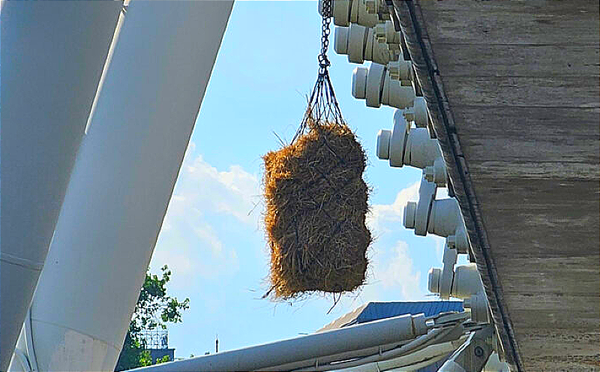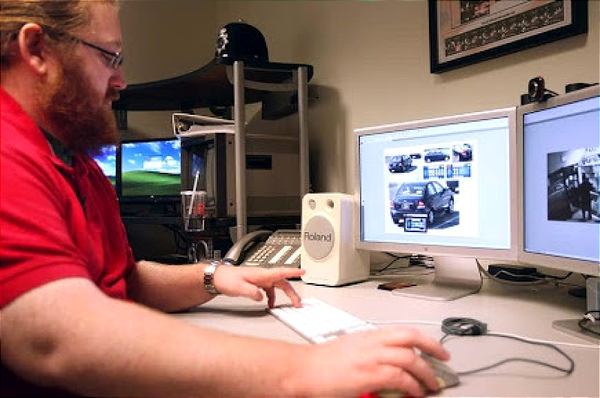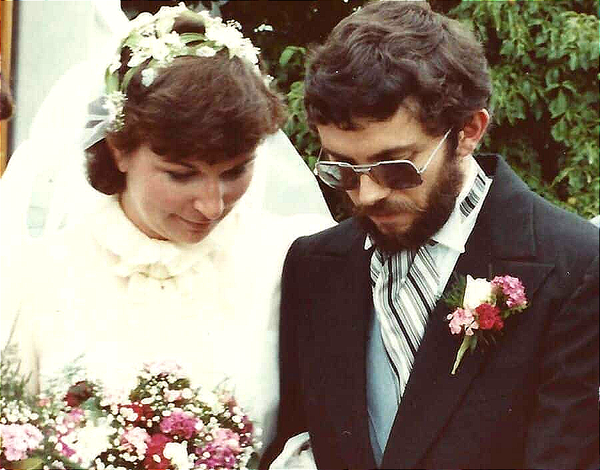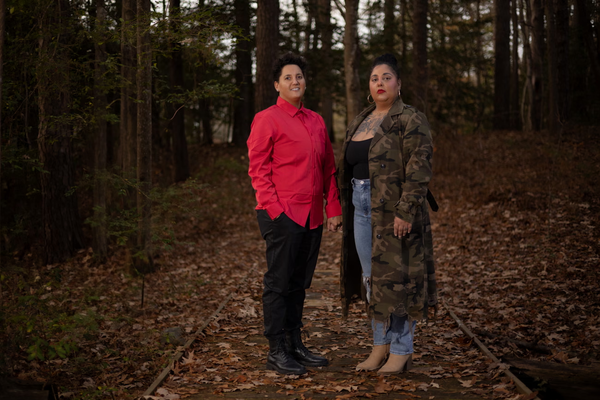Samuel Clemens aka Mark Twain invented the bra clasp
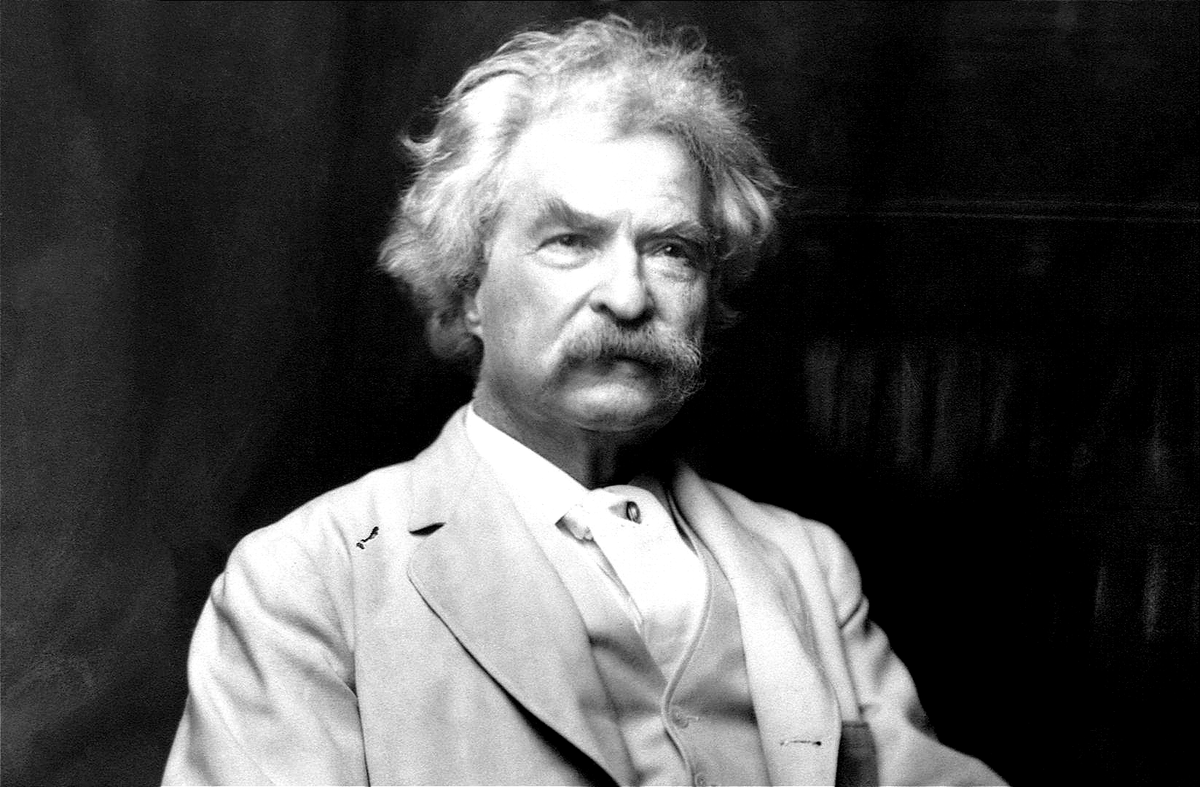
From LitHub: "Not only was Mark Twain (née Samuel Langhorne Clemens on this day in 1835) an inventor of good stories and witty rejoinders, he was a literal inventor—of both successful and not-so-successful items. Over the course of his life, he registered three patents: the first, in 1871, was for an “Improvement in adjustable and detachable straps for garments,” meant to be an alternative to suspenders, which Clemens apparently found uncomfortable. The invention didn’t catch on for any of its intended pantaloon purposes, but as it turned out the advantages were obvious, at least for a certain item Twain didn’t even think of. "This clever invention only caught on for one snug garment: the bra,” wrote Rebecca Greenfield in The Atlantic. “A clasp is all that secures that elastic band. So not-so-dexterous ladies and gents, you can thank Mark Twain.”
Classrooms without walls: A forgotten age of open-air schools
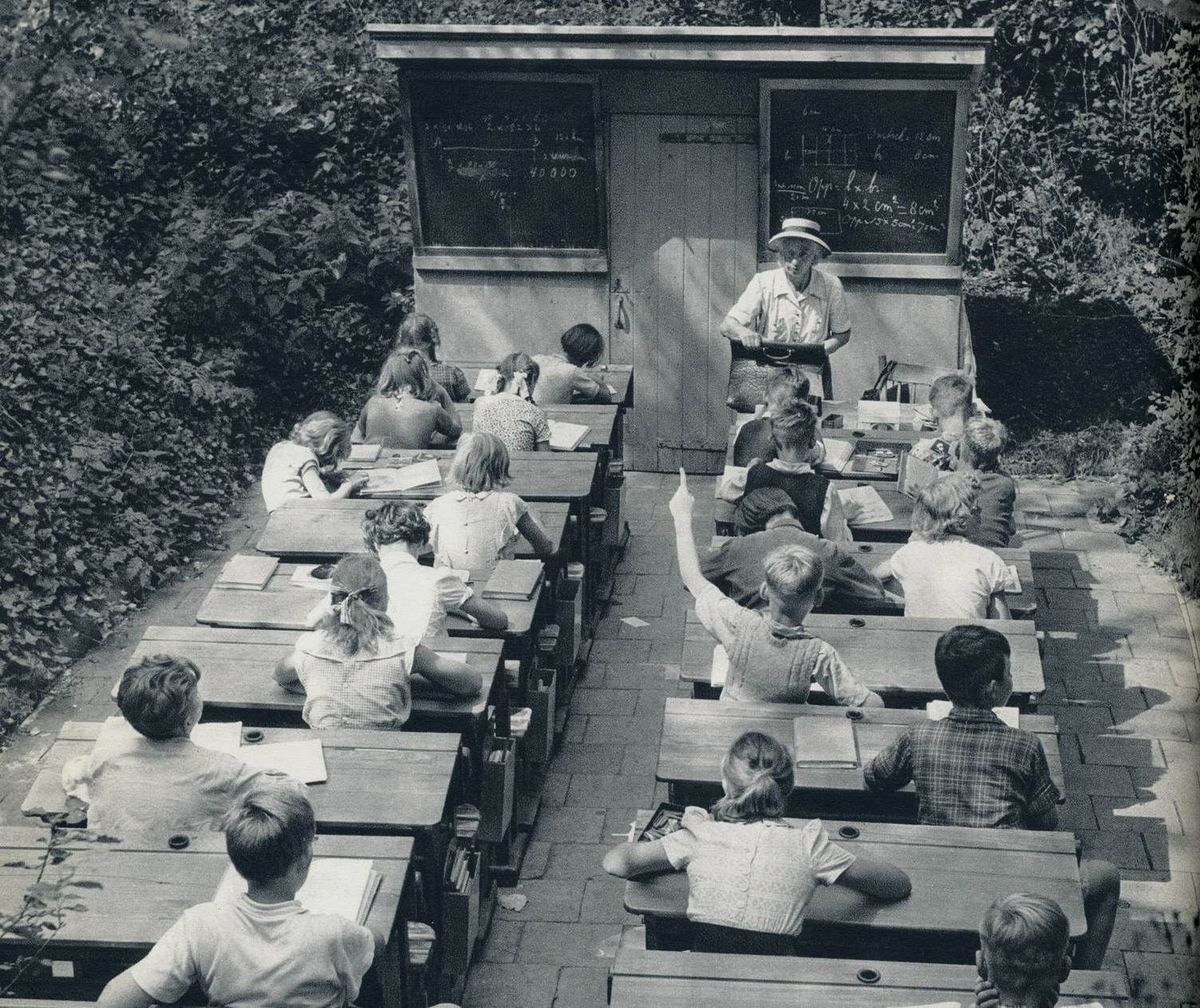
From Messy Nessy Chic: "In the early 20th century, open air schools became fairly common in Northern Europe, originally designed to prevent and combat the widespread rise of tuberculosis that occurred in the period leading up to the Second World War. Schools were built on the concept that exposure to fresh air, good ventilation and exposure to the outside were paramount! The idea quickly became popular and an open air school movement was introduced for healthy children too, encouraging all students to be outdoors as much as possible. It all started with the creation of the Waldeschule (literally, “forest school”), built in Charlottenburg, Germany in 1904 and designed to provide its students with the most exposure to the sun. Classes were taught in the surrounding forest, which was believed to help build independence and self-esteem."
The Kew Herbarium at the Royal Botanical Gardens is a museum for plants

From Toast: "A remarkably precious artefact, extracted from one of these cupboards, lies on a large oak table in front of me. It is a solanum flower a wild tomato pressed, dried and mounted on paper, collected during Charles Darwin's early 19th century expedition to the Galapagos Islands. The cutting shows every bit its age, all moisture long departed from its browned and brittle stems. However, new annotations decorate the paper mounting. There are catalogue numbers, location notes and sticker- printed barcodes: indications of historical but also ongoing use. As with the seven million other specimens stored in the cupboards of Kew's herbarium, this is not a museum piece; it is a resource with which fundamental questions of plant identity, diversity, conservation and usefulness continue to be answered."
Iggy Pop's speech to the BBC is a master class in how to be an independent musician

From Gigwise: "I used to run into Johnny at a little rehearsal joint in New York and he'd be in a big room all alone with a Marshall stack just going "dum, dum, dum, dum, dum" all my himself. I asked him why and he said if he didn't practice doing that exactly the way he did it live he'd lose it. He was devoted and obsessive, so were Joey and Deedee. I like that. Johnny asked me one day - Iggy don't you hate Offspring and the way they're so popular with that crap they play. That should be us, they stole it from us. I told him look, some guys are born and raised to be the captain of the football team and some guys are just gonna be James Dean in Rebel Without a Cause and that's the way it is. Not everybody is meant to be big. Not everybody big is any good. How do you engage society as an artist and get them to pay you? Well, that's a matter of art. And endurance."
What happens behind the mysterious walls of New York's fake buildings
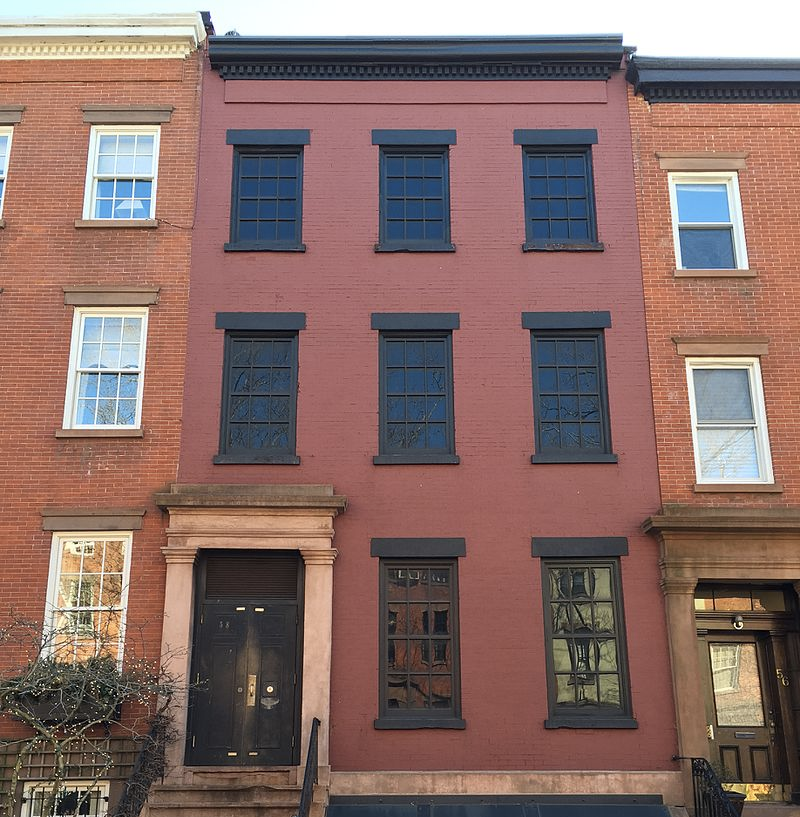
From Open Culture: "You can’t go on a walk with a serious enthusiast of New York history without hearing the stories behind at least a few notable, beautiful, or downright strange buildings. Yet most longtime New Yorkers, famed for tuning out their surroundings to better strive for their goals of the day, tend not even to acknowledge the structures liable to catch the attention of out-of-towners. Take 58 Joralemon Street in Brooklyn Heights: From the outside, it looks like your typical townhouse, but then you notice its blacked-out windows, bunker-like metal cladding, and apparently un-openable door. Though it was indeed a townhouse when first built in 1847, 58 Joralemon Street was hollowed out and converted into one subway-system vent back in 1907. But the buildings on either side remain residences, one of which sold not long ago for $6 million."
Whatever this Indian sport is, the guy in red and black is the best at it
Whatever the fuck going on red and black shorts the Michael Jordan of it pic.twitter.com/wQlOvnaOLU
— Wild Clips (@BestFightClip) October 15, 2024
Acknowledgements: I find a lot of these links myself, but I also get some from other newsletters that I rely on as "serendipity engines," such as The Morning News from Rosecrans Baldwin and Andrew Womack, Jodi Ettenberg's Curious About Everything, Dan Lewis's Now I Know, Robert Cottrell and Caroline Crampton's The Browser, Clive Thompson's Linkfest, Noah Brier and Colin Nagy's Why Is This Interesting, Maria Popova's The Marginalian, Sheehan Quirke AKA The Cultural Tutor, the Smithsonian magazine, and JSTOR Daily. If you come across something interesting that you think should be included here, please feel free to email me at mathew @ mathewingram dot com
